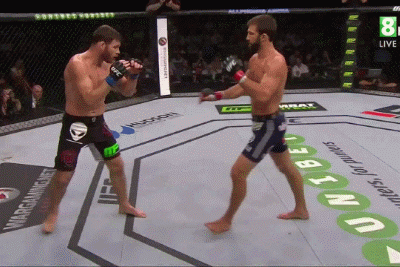Gwai Lo Dan
3rd Black Belt
Do you guys teach / practice the "question mark" kick ? Is there a Korean name? I haven't seen it formally in tkd, although guys do it as what it is : fake front kick , turning kick.


Follow along with the video below to see how to install our site as a web app on your home screen.
Note: This feature may not be available in some browsers.

We still do it that way at my school. In fact, the first part of the move (where he brought his knee straight up) is the same whether we're doing a roundhouse (turning) kick, front kick, or side kick. That way your opponent doesn't know what's coming. So, to answer the original question, I would just call that a roundhouse kick.That was how I was originally taught to do a turning kick.
The slide makes it differentWe still do it that way at my school. In fact, the first part of the move (where he brought his knee straight up) is the same whether we're doing a roundhouse (turning) kick, front kick, or side kick. That way your opponent doesn't know what's coming. So, to answer the original question, I would just call that a roundhouse kick.
The slide makes it different
No, he is really sliding on the floor. Call it what ever you want, but it requires a higher skill level to perform.Not really. I teach students to chamber the same way, regardless of the kick (or as close as they can manage...). So this is just a roundhouse kick. The slide is just one of several methods taught to close distance if the target is outside of range. It's still a roundhouse.
No, he is really sliding on the floor. Call it what ever you want, but it requires a higher skill level to perform.
None of this is rocket science.Well, ok, it's not the easiest version of the roundhouse. But it's still a roundhouse. And while it's more difficult than a standing roundhouse, most of our students can do a slide to close the distance by around 5th geup. They could probably do it sooner, if we spent more class time on it.
None of this is rocket science.
We call that master key basics. They all start the same; so, they never know what is coming.I was taught that kick by one of the assistant instructors in the Hapkido I studied. I don't know if it was a more advanced kick in Hapkido or if he learned it elsewhere and just wanted me to know. When I taught, I did teach that kick. It seemed easier for women, or men who were very, very flexible; such as orientals.
The nice thing about the kick is that it can be transitioned into a face kick, side kick, hook kick, or knee or ankle kick. They all look the same at the start.
